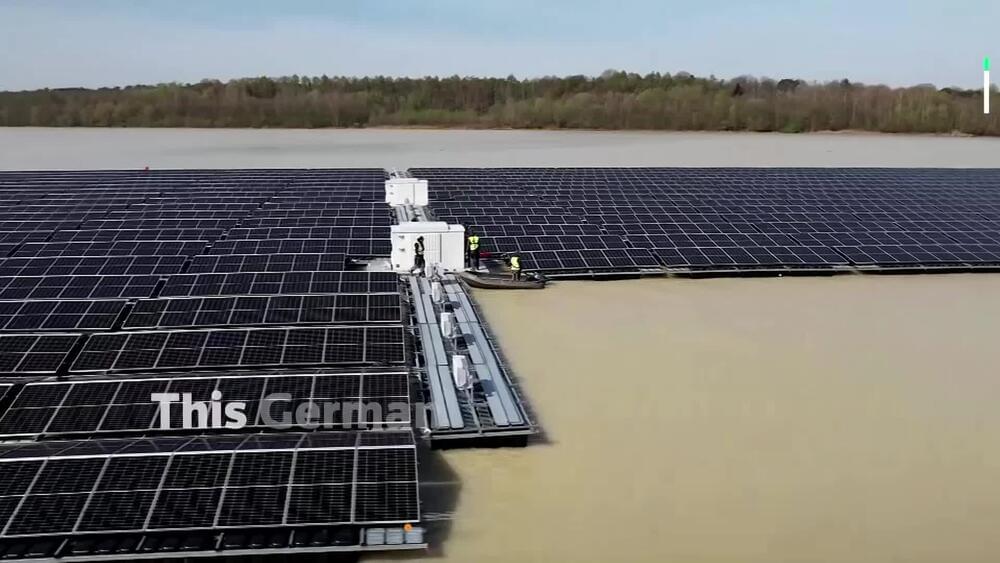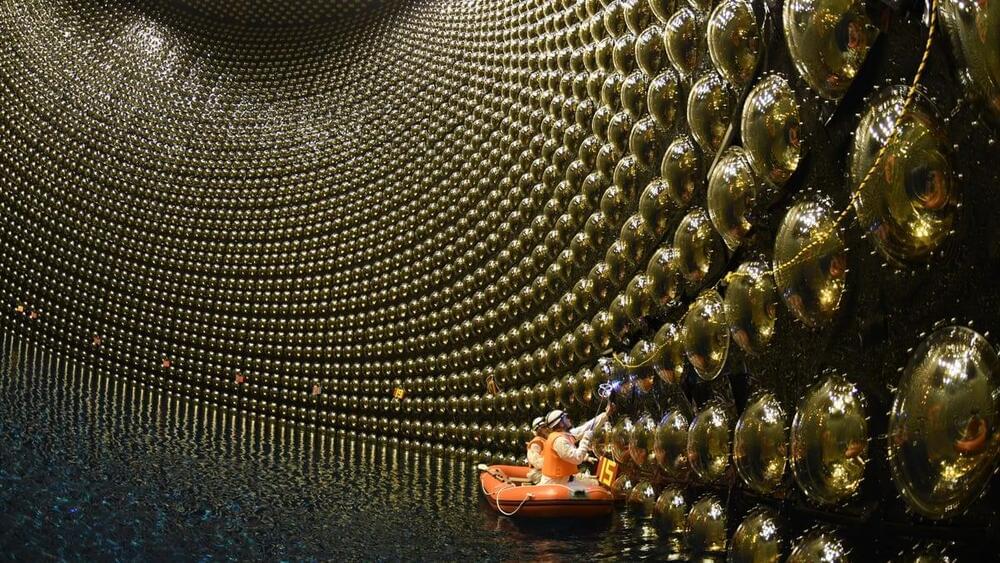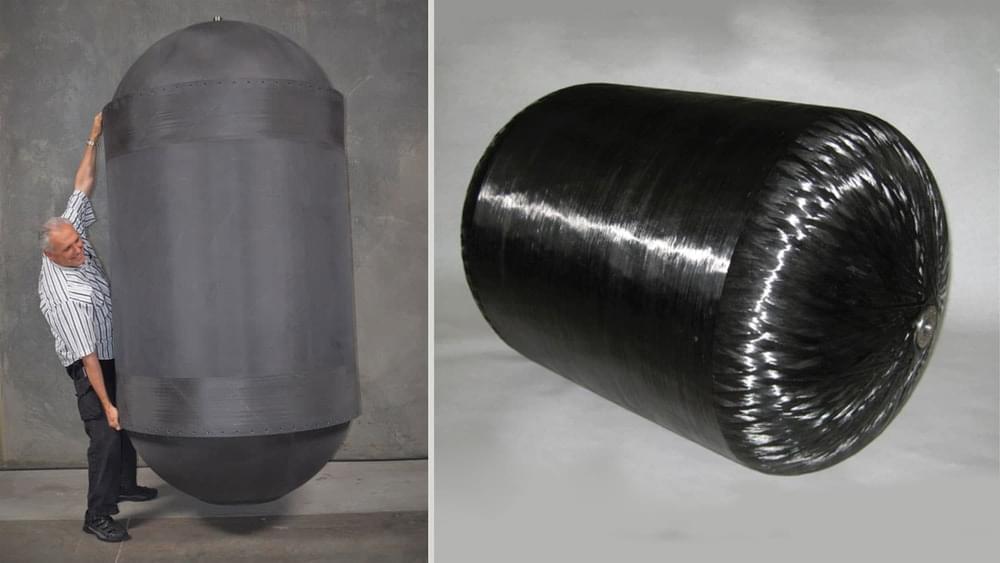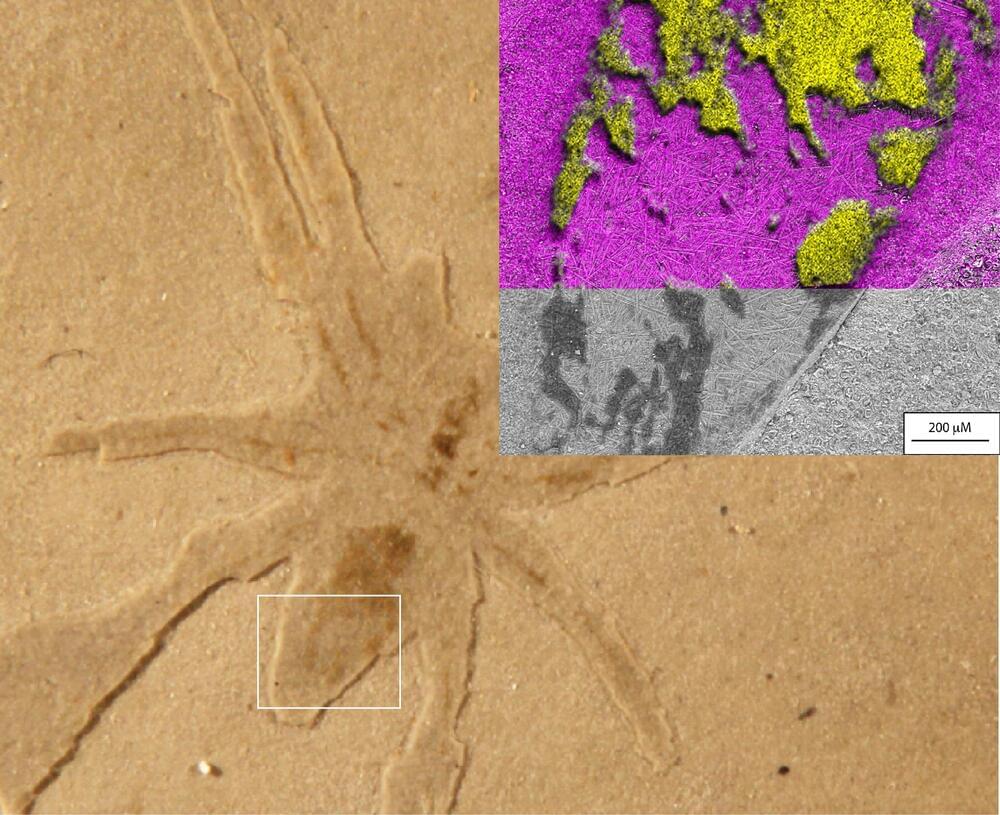Apr 25, 2022
Scientists discover how salt in tumors could help diagnose and treat breast cancer
Posted by Paul Battista in category: biotech/medical
Analyzing sodium levels in breast cancer tumors can give an accurate indication of how aggressive a cancer is and whether chemotherapy treatments are taking effect, new research has shown.
In a study, by the universities of York and Cambridge and funded by charities Cancer Research UK and Breast Cancer Now, researchers developed a technique using sodium magnetic resonance imaging (MRI) to detect salt levels in breast cancer tumors in mice.
Using this technique, the researchers looked at breast cancer tumors and discovered that salt (sodium) was being accumulated inside cancer cells and that more active tumors accumulate more sodium.

















